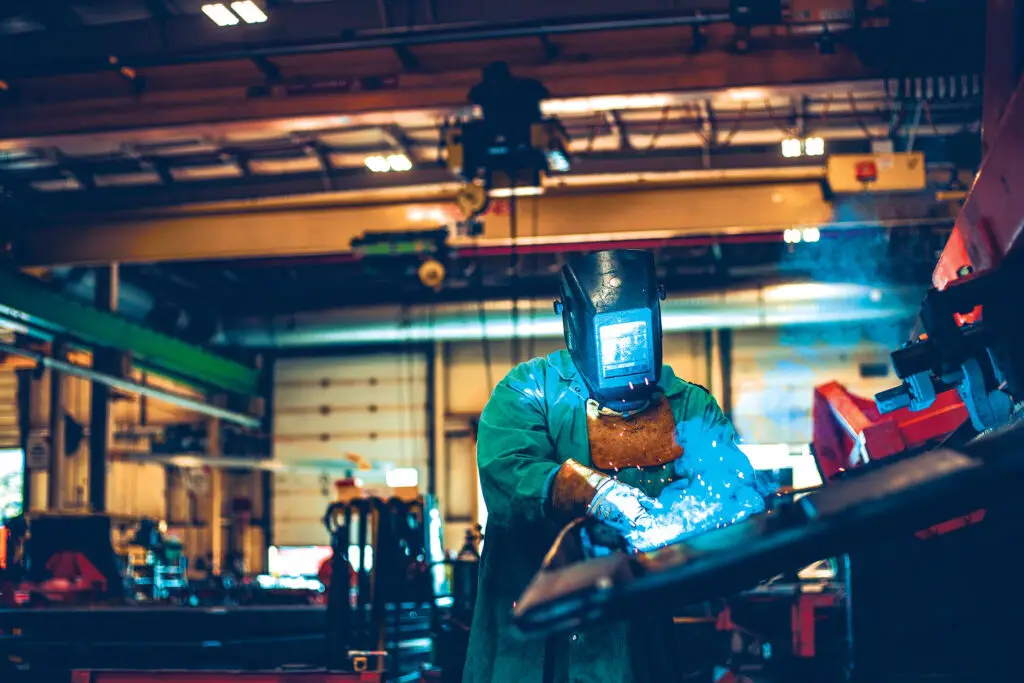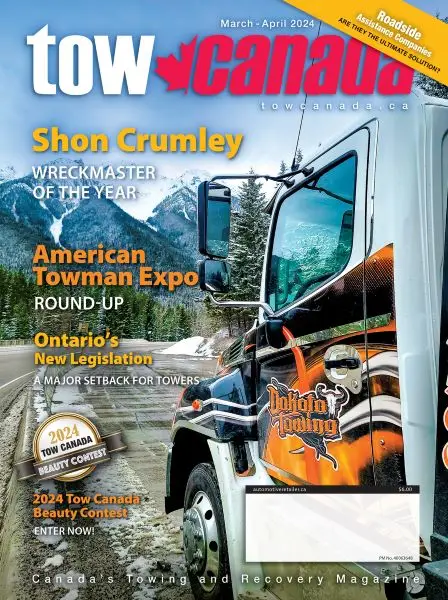For Bob Nelson, vice president and general manager of Jerr-Dan, long-term success means listening to the customer, building products that get the job done, helping people make money, and understanding the opportunities. If your goal is to be in the industry long term, the bottom line is lean forward and plan, plan, plan.
Jerr-Dan, an Oshkosh Corporation company, is a leading supplier and manufacturer of towing and recovery products and equipment. The company is 51 years old, and Bob Nelson is the vice president and general manager. He joined the company in November 2019 after contributing to the success of Jerr-Dan’s sister company, JLG Industries, for over two decades.
When Bob was asked to move to Jerr-Dan to lead the company’s future growth and expansion, it was an interesting time for a change. As Bob said, “Who would have known that six weeks later, we would be shutting down the world, COVID would rear its ugly head, and we’d all go into hiding for a good year or more.” But as the old adage goes, “When the going gets tough, the tough get going,” and that is exactly what Bob did.
Last fall, Tow Canada had the opportunity to speak with Bob just before the American Towman Exposition in Baltimore. It is our pleasure to present this interview.
Tow Canada (TC): Effective leadership is never so important as during a crisis, and you were thrown in the deep end right off the bat. You joined Jerr-Dan just before COVID hit. What challenges did you encounter?
Bob Nelson (BN): COVID basically shut down the auto manufacturing world in the U.S. for a while, and we went from what I would call a wide-open supply and demand to allocation. It required a lot more planning.
TC: What was the immediate effect on tow and recovery business owners?
BN: Historically, the end user would go to a tow show, walk the show floor, find a truck they liked, buy the truck right there on the floor, and drive it home that night or the next day. Now, if they go to a tow show, and they start talking with the distributor, they find they’re looking at six to nine months out for a new truck. It’s a different narrative.
TC: What did owner/operators need to change to survive the crisis and secure their businesses?
BN: A mind-set shift was necessary and still is. You may have an immediate need to fill, but with the chassis and the body backlogs, you need to be more proactive, and planning is required. So fleet management and fleet planning have become mission critical for any business owner because you have to look at the rotation cycles on your fleet. In the past, you may have run a truck for five years. Now you may have to run it for seven to 10 years because the replacement cost is either too high, or it is not available. Stop looking around the yard at your immediate needs and start planning for the future because financing now is very expensive. Interest rates are at all-time highs.
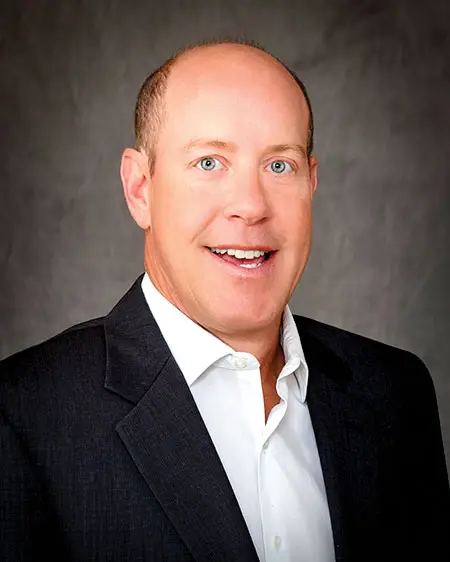
TC: How much have costs risen?
BN: Vehicles have gone up 25-30%. Buying a truck is a much bigger financial decision than I think it probably has ever been in the past. As the price of these trucks increase, that new cost has to be planned and budgeted for, and more importantly, it has to be cash flowed. Look at your replacement cycle, look at your maintenance. You may need to start maintaining your trucks a little better than you have in the past because of the demand, and you may not be able to find a new one. And if you do find a new one, it’s got a premium price point associated with it.
So, a new mind set is required. I’m not telling anyone how to run their business, but these are the things that I have seen on my side. It’s an ever-changing game. I look at these challenges as opportunities now. We don’t call them problems. Everything’s an opportunity.
"You can either raise your pricing or you lower your costs to maintain your margins. At the end of the day, how much more cost cutting can you do to keep your business afloat?”
TC: How can a supplier help customers with the sticker shock?
BN: It’s all about cash flow. When I look at the trucks that we’re selling, I try to stay away from the overall sticker price, the shock of it all. The customer needs to know what that means to them per month over the term of their loan. So, with our distributors and our salespeople, I really try to focus on that. What is it going to take to get you [the customer] into that monthly payment? We need to look at residuals, balloon payments, and extended terms because the rate environment is going to continue to be this way.
TC: How can the average tow and recovery owner/operator retain their margins in this environment?
BN: There are one or two things you can do. You can either raise your pricing or you lower your costs to maintain your margins. At the end of the day, how much more cost cutting can you do to keep your business afloat? There’s only so much you can do. You need a truck. You need a person in that truck. You need fuel in that truck. You need insurance on that truck. Those aren’t going down anytime soon.
The only economic lever I think they [towers] have to pull is raising their rates to help offset some of these costs, and I think for the end user, you and I who break down on the side of the road, I think most people understand that the grocery bill has gone up, the fuel bill has gone up, insurance has gone up, and it’s just a natural progression of the economic cycles in life.
TC: Are you seeing a rise in consolidation as a response to these financial pressures?
BN: We’re seeing some roll ups. For the smaller business owner in that really thin margin area, they’re looking to see how they can control costs. And ultimately, if you can start rolling up with other organizations and getting that sweet mix of new trucks versus old trucks from a payment perspective, you can lower your overhead and the burden. Ultimately, we are seeing some consolidation where smaller tow companies are now getting consumed by a larger entity in the area for synergies and to lower costs, and we’re probably going to continue to see more of that in the industry as a whole. We’re starting to see private equity come into the space a little bit as well.
TC: Private equity investment—can you explain more about that?
BN: It’s a different dynamic than we’ve seen historically, where it’s not just one tow truck company buying another tow truck company. We’re starting to see some private equity money come in that’s looking to do roll ups with multiple towing companies in certain regions. We are seeing what I would call investment companies that have nothing to do with the tow truck world buy up towing companies using capital from outside our industry. If they can control the costs of the overall organization, flatline some of the cost piece, streamline the business, but then get the benefits of a larger and wider footprint, there is an investment opportunity. They can put that margin in their pocket versus competing against someone else in the same place.
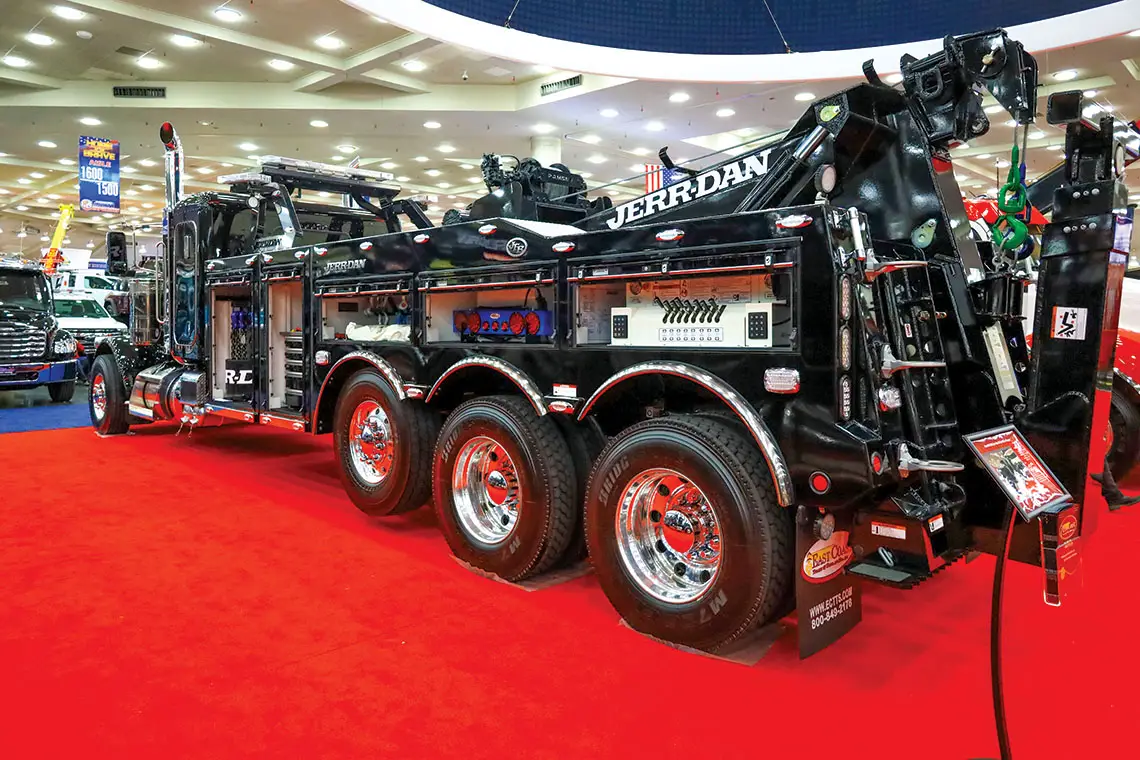
TC: What advice do you have for the owner/operator who plans to be in the industry long term?
BN: I want to keep beating the drum on the fleet planning side of it. It is still going to be mission critical for their long-term success. Have an active plan for your business. They all understand their cash flow objectives a lot better than I will ever know, but it’s creating a fleet plan, executing that plan, and then really starting to look at how you maintain your fleet to keep you operable every day.
There are two components to this. First, you need a long-term fleet plan of when you’re going to start rotating your trucks, and second, you need an active maintenance program to make sure that your truck is working today and tomorrow. You don’t want to get yourself into a jam where you haven’t done maintenance, you’ve extended the life cycle of the truck, and now you’re caught in the worst case scenario, which is I didn’t budget for maintenance, I didn’t budget for a new truck, but my truck doesn’t work, and without my tool, I can’t go to work, and without work, I can’t cash flow. It’s a vicious circle. If you’re not paying attention, it can really impact your bottom line.
TC: What else should be a priority?
BN: We need to continue to push safety. The number of operators that are killed in this line of work is atrocious. We just came back from Tennessee last month. We were just down at the Wall the Fallen reading off the names of people who, quite frankly, should have never been in that situation or put in that situation, and we continue to see operators getting killed in the line of duty.
As an OEM, we do as much as we can from a safety perspective on our trucks. But more importantly, we need to have awareness from the drivers and the general population. Slow down, Move Over is not just a fancy bumper sticker. It’s not a fancy t-shirt. It’s not a hat. It is a reality. If you see a vehicle in distress on the side of the road and you see a tow truck operator doing a recovery, give them the same respect you would to a fire firefighter, a police officer, or an ambulance. Slow down and move over. It’s that simple.
TC: How do we get that critical message across?
BN: It’s enforcement, in my opinion. Enforcement of the current laws would really help go a long way. It can’t be a speeding fine. That’s not going to change driver behaviour. They’re going to pay the fine and continue to do the same speed the following day and the day after that. There needs to be consequences with some meat associated with it to raise awareness that this is a serious legal violation and lives are at risk.
I don’t know what the magic answer is, but what we’re doing right now isn’t changing the effect. Bringing awareness to the issue in the media is a start. Operator deaths are not in the news. This is not on Google. The public has to go digging for this information, and it’s not there, and unfortunately, this lack of awareness is not going to change behaviour. It’s just chalked up as another automobile accident. Well, not really, not in my opinion.
TC: As we look to the future, what did Jerr-Dan learn from the COVID crisis?
BN: I think what this has taught us internally is we need to plan a lot better, and we stay in much better contact with our supply chain than we did before. Emails don’t get it done anymore. You have to pick up the phone and talk to people now. It’s not as easy as it has been in the past when you just cut a purchase order and waited for the materials to drop on your dock. We’re having to do a lot more follow up now.
At the end of the day, we’re all trying to manage our inventory levels and our cash flow. Like any other business, we want to make sure that we have lean inventory. Where we’ve improved is we know where our problems are. We know that we need a proactive plan to address those problems because the lead times are still very long. Some materials that we buy are 52 weeks out, so, we have to buy them a year in advance.
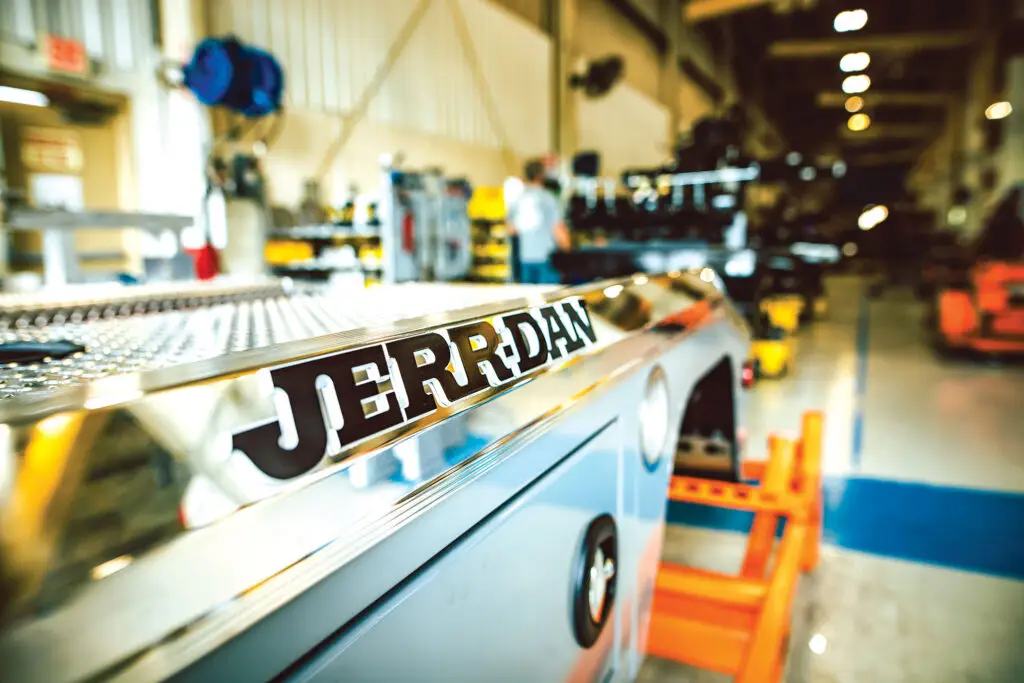
TC: So Jerr-Dan is doing exactly what you have advised your customers to do—plan ahead.
BN: We have to lean forward. More transparency is probably the real change we’ve had over the last three years. We’re making sure we’re on good terms with our suppliers so when we ask for material, they deliver it when we need it. With our partners and our vendors, this means communicating, letting them know what we’re doing, why we’re doing it, and making sure that we can meet those needs so our operation teams can work efficiently so we’re not doing start/stop, start/stop. That doesn’t help any of us. I think we have all learned valuable lessons.
At the end of the day, I’m just trying to figure out how we can protect the ones [owner/operators] that are in the industry for the long term. We’re looking to make sure that we build a really good product that’ll help people make money because it’s a tool. If they don’t make money with it, we’re not going to make money. That’s the bottom line. Let’s give the operator a professional, well-built, well-designed product to use that will help them do what they need to do AND go home at night and do it again the following day. That is our message. That is our North Star.
We have also put together a world class training program. We show you how to safely operate our trucks. That’s really what we’re trying to drive here—effective operator training and really good products that are worthwhile. And when I say worthwhile, I am talking about durability, so from that date when you’re done making payments on that truck, you’re still going to be using it for years to come.
TC: Is there anything further you’d like to add?
BN: We want to continue to push the envelope, and that’s what I’ve tasked our engineering team with. We need to have a long-term new product development plan so we continue to launch new products that our customers will value and appreciate. That is what Jerr-Dan is going to keep doing here for our next 51 years.
Tow Canada would like to thank Bob Nelson for taking the time to share his insight for the benefit of our readers. 🍁
